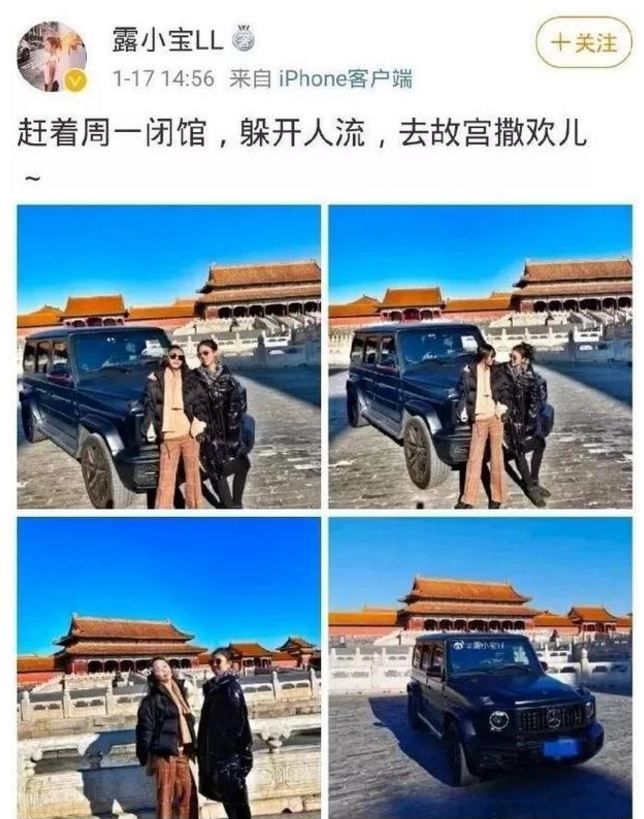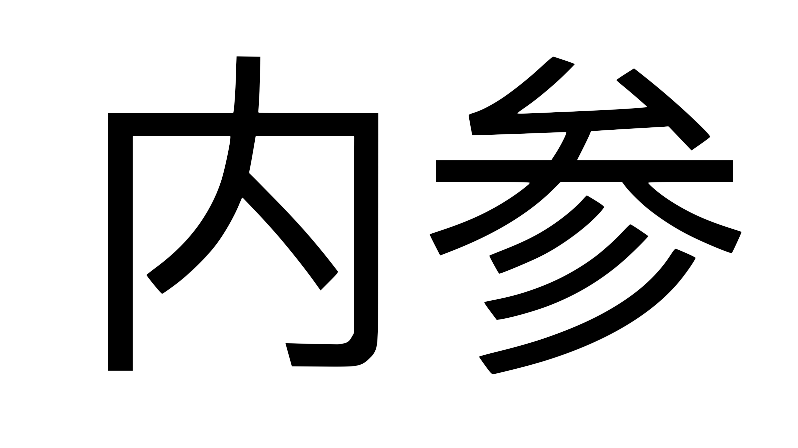Brief #7: Forbidden Palace, Phase One trade deal, GDP & population, coronavirus in Wuhan
Hi all, we are throwing a party! Okay, okay… it’s not really a party, we are too old, grumpy and poor for that. But, nevertheless, do come and join us (put the date in your diary now):
- Yun and Adam
This week we look at a firestorm of public opinion caused by someone that drove into the Forbidden Palace; the temporary interlude in the US-China trade war that is the Phase One trade deal; China’s new GDP and population figures; and the coronavirus outbreak in Wuhan.
1. Driving into the Forbidden Palace
Forget the China-US phase one trade deal, Spring Festival or the outbreak in Wuhan. The biggest trending topic for Chinese netizens this week is about a social media post featuring four photos captioned “having some fun at the Forbidden City on a closure day to avoid the crowd.”
Ms Lu had zero ideas that hell was about to break loose.

For background, Ms Lu and her friend drove into Forbidden Palace on Monday. The palace was closed that day to the public due to maintenance. According to regulations, cars are not allowed into the Forbidden City. Exceptions are not even made for visiting foreign dignitaries.
What angered Chinese netizens most in this episode is the notion of elite privilege. The potent symbolism of the Forbidden Palace coupled with Ms Lu’s powerful and wealthy “red family” background catalysed a firestorm of public outcry.
Essentially, how come Ms Lu can do what an average person on the street can’t, and what does it say about a country when its elites are above the law?
Censors stepped in shortly to contain the damage but did not expunge all discussions, probably because they fear a heavyhanded approach could further provoke public outrage.
Instead of a full expunge of public discussion on this, Party-state media intervened to “lead” public opinion. A People’s Daily comment stated that “the Forbidden City cannot be allowed to be crushed [under the weight of car wheels];” another said that “everyone is equal before the rules, no one has the privilege of “having some fun” in contravention.
Today, the Forbidden City is a symbol of the magnificence and oppression that is dynastic China’s legacy. It sits at the heart of the new Red Empire, awing visitors with its grandeur and power.
But…one…single…microblog post is all it takes to strike a raw nerve in the Chinese people. There is deep deep resentment of elite privilege, inequality, cronyism and corruption. The moral decay and hypocrisy of the ruling class is often clearer to the Chinese people than foreigners notwithstanding censorship.
As one Twitter user put it:
其实被碾压哪只是故宫啊,是每一位普通公众的内心 in actuality, it is not just the Forbidden City that is damaged, [what is crushed] is the heart of every ordinary [member of the] public.
2. US-China trade deal: phase one
You can find our first reaction to the trade deal here. While the (likely temporary) ease in bilateral tension is positive, the fundamentals underpinning US-China competition remains unchanged. In addition, the signing of phase one deal is another worrying step away from the rules-based multilateral trading system. It may negatively affect other exporting economies, such as Australia and Europe.
The phase one deal gives both sides a respite from the trade tension. For the Trump Administration, the deal addresses some longstanding concerns American corporations in China have, including intellectual property and “forced” technology transfer — both are subjects of the section 301 investigation which instigated the tariffs. Increased purchases also help US farmers, an important Trump constituent that has been struggling in the tariff war so far.
For China, the public messaging has been that the deal was a “win-win”. It was definitely not a capitulation reminiscent of an “unequal treaty”. Rather according to state media, all the terms that China has agreed to, China was going to undertake anyway even without a deal.
Phase one negotiation has been long and difficult, even though it did not cover topics that are more sensitive to China, such as China’s state-led economic model or its industrial subsidies. Phase two is expected to cover these thorny issues; therefore negotiations will be even more difficult.
On top of that, we still need to wait and see if phase one will be implemented to the satisfaction of both sides. There is still a risk that the US may see China as not holding up its end of the deal. In that case, bilateral relations may be in for further shocks.
3. China’s GDP and population figures
China’s GDP grew 6.1 per cent in 2019, reached the target of “between 6 and 6.5 per cent). China’s GDP per capita is now more than USD$10,000. There are some doubts whether the GDP figure is accurate, with accusations that China manipulates its numbers.
Overall, we believe that 2019 marked a turning point: the sense of optimism in China’s economy was replaced by pessimism.
We recently wrote about China’s 2020 economic agenda here. China’s slowing GDP is expected — as countries become richer, their growth rates tend to slow. To continue a reasonable rate of growth, China needs to find new sources growth, which requires economic reforms. Yet reforms redistribute existing economic rents, which means resistance among the currently favoured groups.
Reforms also usually mean less central control, which runs contrary to Xi’s governance ethos. One way China could reconcile the two is to promote innovation and technology in areas that allow more state control, such as big data and surveillance. But this is a niche area and unlikely the panacea for achieving sustainable growth. If growth slows further, expect to see more emphasis on ideological work.
One long-term factor of growth is demographics. China just experienced its lowest birth rate since 1961, the last year of the Great Famine. China has implemented policies and propaganda effort to encourage more birth, including changing the one-child policy to two-child policy in 2016 (there is an American documentary released last year on the one-child policy: One Child Nation).
However, such pro-birth policy changes have not achieved their desired effect. Young families are reluctant to have more children, despite pressure from their more conservative parents. The cost of raising children is high. Most families require the help of grandparents to raise kids, which can cause familial disharmony. Competitive pressure encourages high spending on education by the middle class. Not to mention the discrimination that pregnant women still experience at most workplaces.
A low birth rate and a slowing economy are big speed bumps on China’s rise with profound implications for domestic policy and international relations.
4. Wuhan Coronavirus
As of this week, 41 cases of the new Coronavirus have been confirmed in Wuhan; two cases have been confirmed in Thailand; and one in Japan. For a range of reasons, the numbers from China is almost certainly an underreported number.
Modelling by researchers from Imperial College London estimate that 1,723 cases in Wuhan City. They concluded:
It is likely that the Wuhan outbreak of a novel coronavirus has caused substantially more cases of moderate or severe respiratory illness than currently reported. The estimates presented here suggest surveillance should be expanded to include all hospitalised cases of pneumonia or severe respiratory disease in the Wuhan area and other well-connected Chinese cities.
Given Spring Festival travel is in full swing, outbreaks are likely in other Chinese cities too.
Rumours are rife — many people don’t trust party-state media reporting. As with official statistics (pollution level, economic indicators), and party-state narratives (pork, political ideology etc), people are sceptical about medical reporting.
